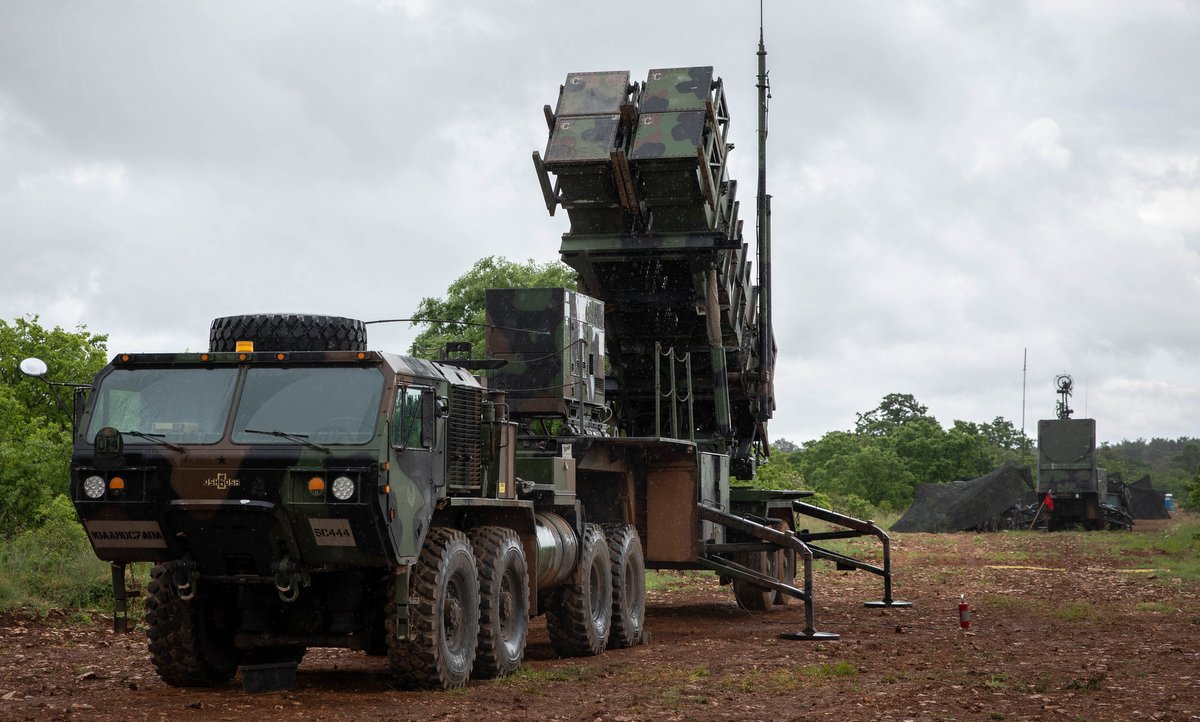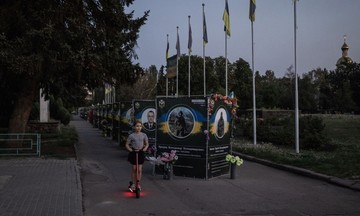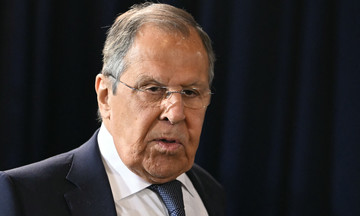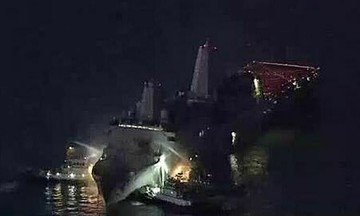Recent Russian tactical advancements are hindering Ukraine's ability to effectively utilize its Patriot air defense systems against Russian ballistic missiles, the Pentagon's Office of Inspector General (OIG) reported on 14/8, citing assessments from the Defense Intelligence Agency.
The OIG highlighted several Russian improvements, including the Iskander-M missile's ability to alter its trajectory and maneuver continuously, unlike traditional ballistic missiles that follow a fixed path.
 |
An Iskander-M system during a Russian military exercise in November 2016. Photo: RIA Novosti |
An Iskander-M system during a Russian military exercise in November 2016. Photo: RIA Novosti
The OIG referenced a coordinated attack on 28/6, where Russian forces launched 7 ballistic missiles and Ukrainian air defenses only intercepted one. On 9/7, Russian forces used 13 ballistic missiles, with Ukraine claiming to have shot down or suppressed 7. US intelligence did not specify the type of missiles used in these attacks.
The Ukrainian military has not commented on the report.
Joseph Trevithick, an editor at the US military website War Zone, commented, "One of the Iskander-M's notable features is its in-flight maneuverability to challenge enemy air defenses. It's unclear how Russia has upgraded this capability and why they haven't utilized it before".
Colonel Yuri Ignat, spokesperson for the Ukrainian Air Force Command, stated in May that Russia is constantly improving the Iskander-M tactical ballistic missile. He emphasized that the missiles often deploy various decoys during descent to jam or deceive radar, preventing air defense systems from locking onto the target.
"The Iskander-M doesn't follow a fixed trajectory like conventional ballistic missiles, but maneuvers frequently during its flight. The Patriot system, designed to calculate interception points, faces difficulties predicting the Iskander-M's flight path. These Russian upgrades mean the Patriot system may not be as effective as we hoped," he said.
The Washington Post previously described the Iskander-M as Russia's "most feared and effective weapon" in the Ukraine conflict, adding that only the Patriot air defense system is capable of countering it.
However, the Patriot's interception rate has declined due to dwindling missile and launcher supplies, coupled with Russian attacks that have damaged or destroyed several batteries. According to an analysis by the Kiel Institute for the World Economy, based in Germany, Ukraine's successful interception rate in 2024 was 4% for ballistic missiles like the Iskander-M.
 |
A US Patriot battery deployed in Croatia in 2021. Photo: US Army |
A US Patriot battery deployed in Croatia in 2021. Photo: US Army
Trevithick warned that the situation is "especially worrying" given Ukraine's near-total reliance on Patriot systems to counter Russian ballistic missiles. Besides acquiring more Patriot radars, launchers, and missiles, Ukraine has few options to enhance its ballistic missile defense capabilities.
The Patriot is the most expensive weapon system the US and its allies have provided to Ukraine. Each system costs nearly USD 1.1 billion, with missiles costing USD 690 million and other components costing USD 400 million. Ukraine's Patriot systems are equipped with the most advanced US-made PAC-3 MSE missiles, which have a maximum range of 120 km against aircraft and 60 km against ballistic missiles.
US media reported in May, citing unnamed officials, that Ukraine possessed 8 Patriot systems, with 6 operational and two undergoing refurbishment. However, recent statistics suggest that the country may only have 5 operational systems. The exact number of radars and launchers remains unclear.
Nguyen Tien (War Zone, AFP, AP)












